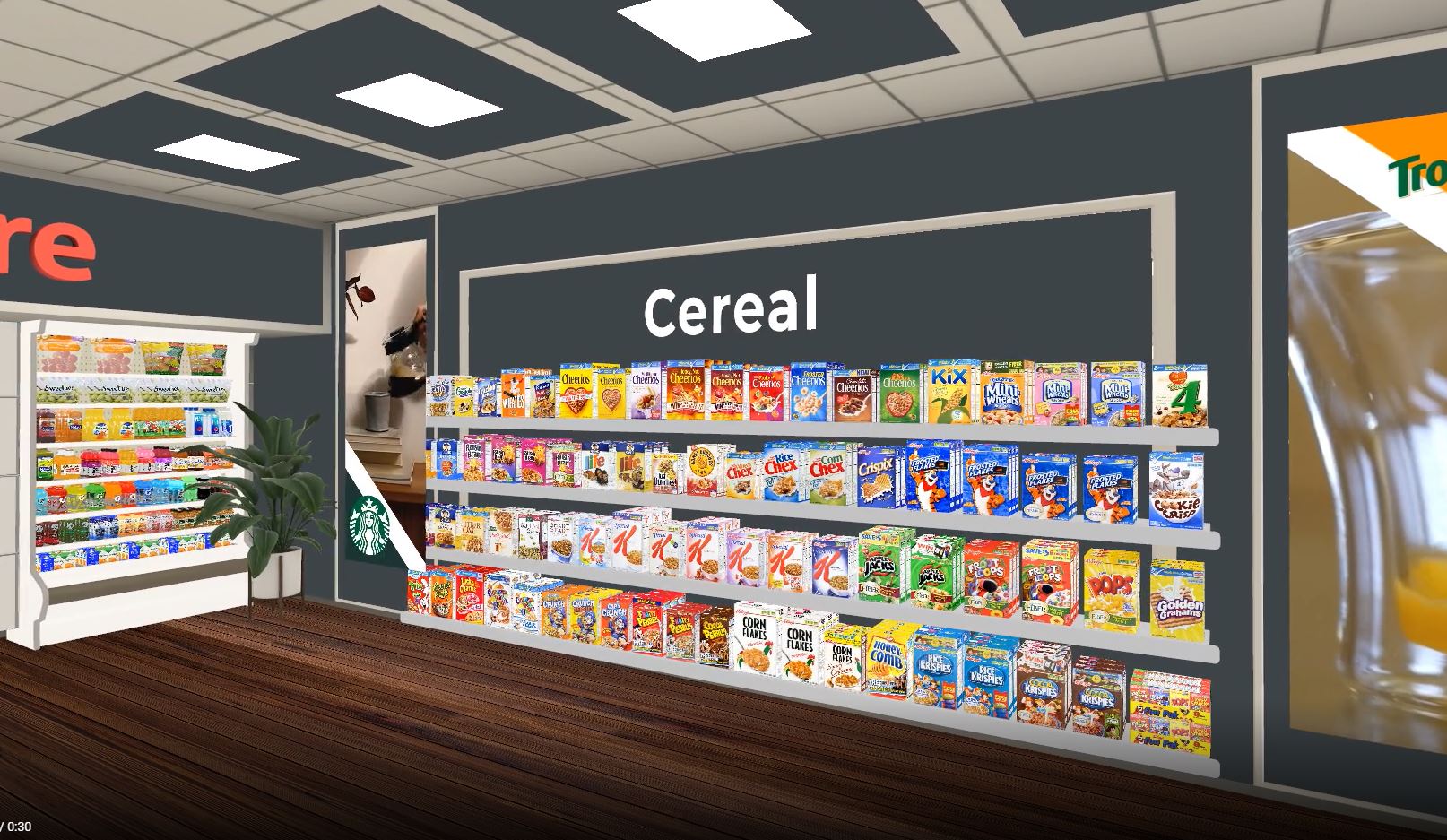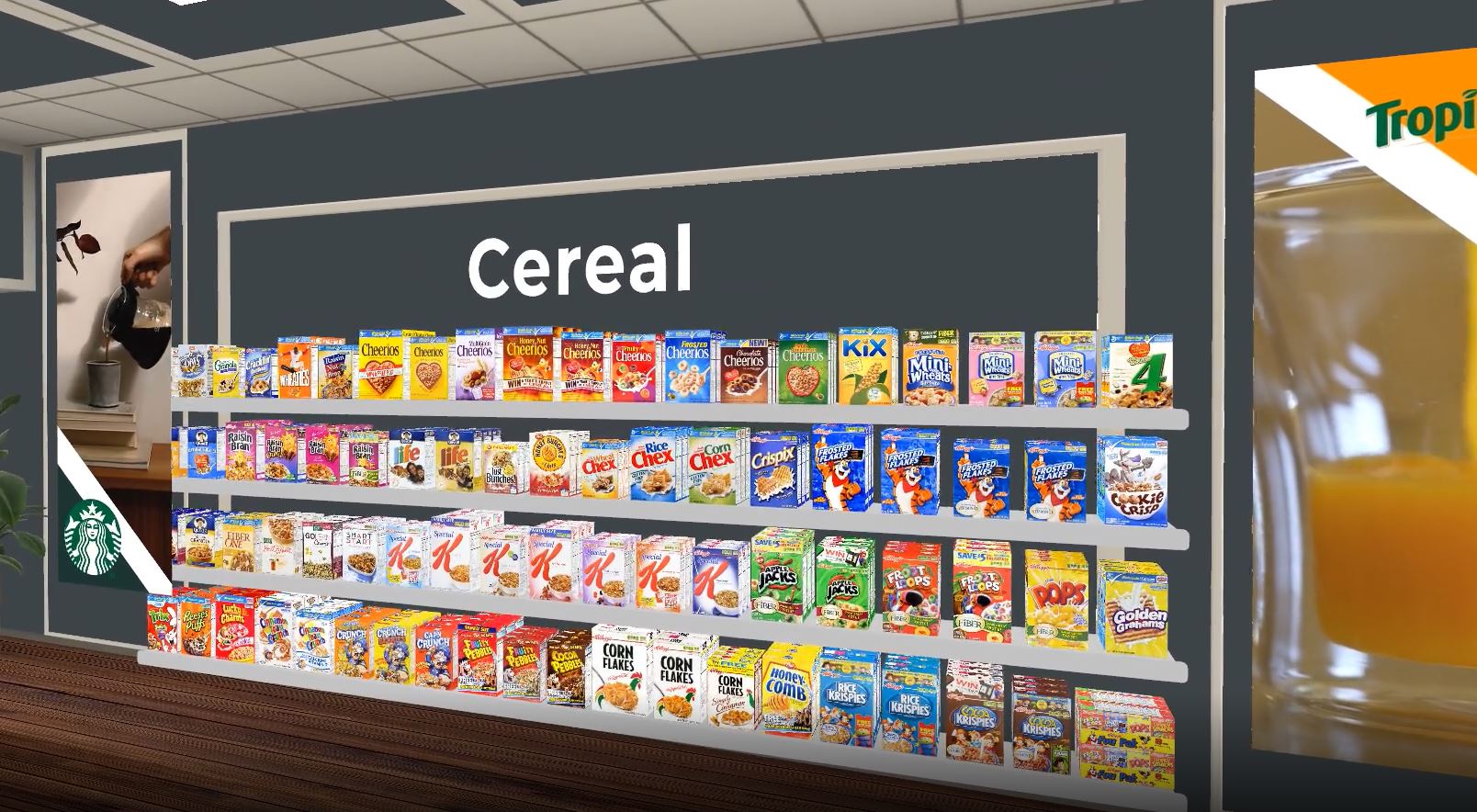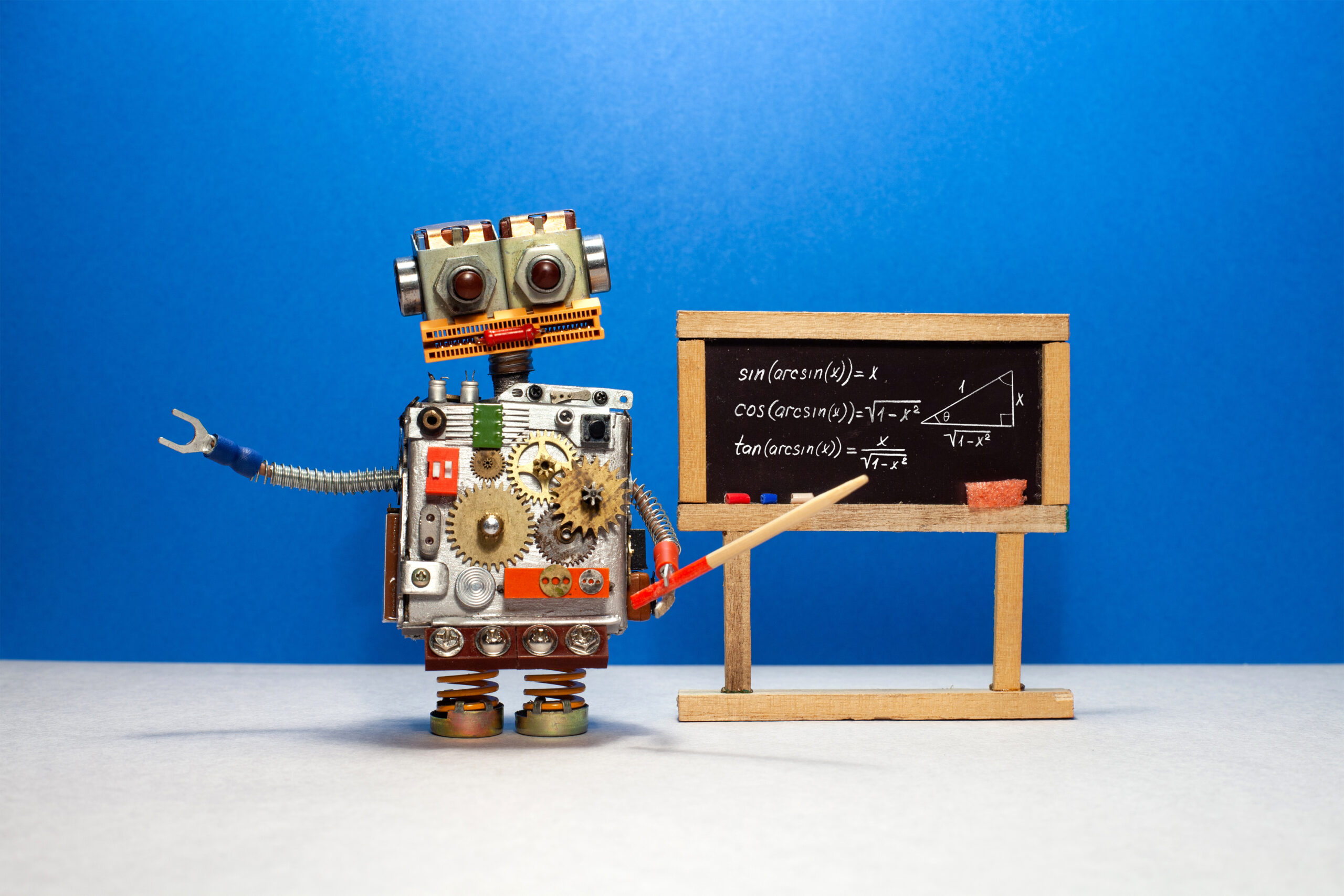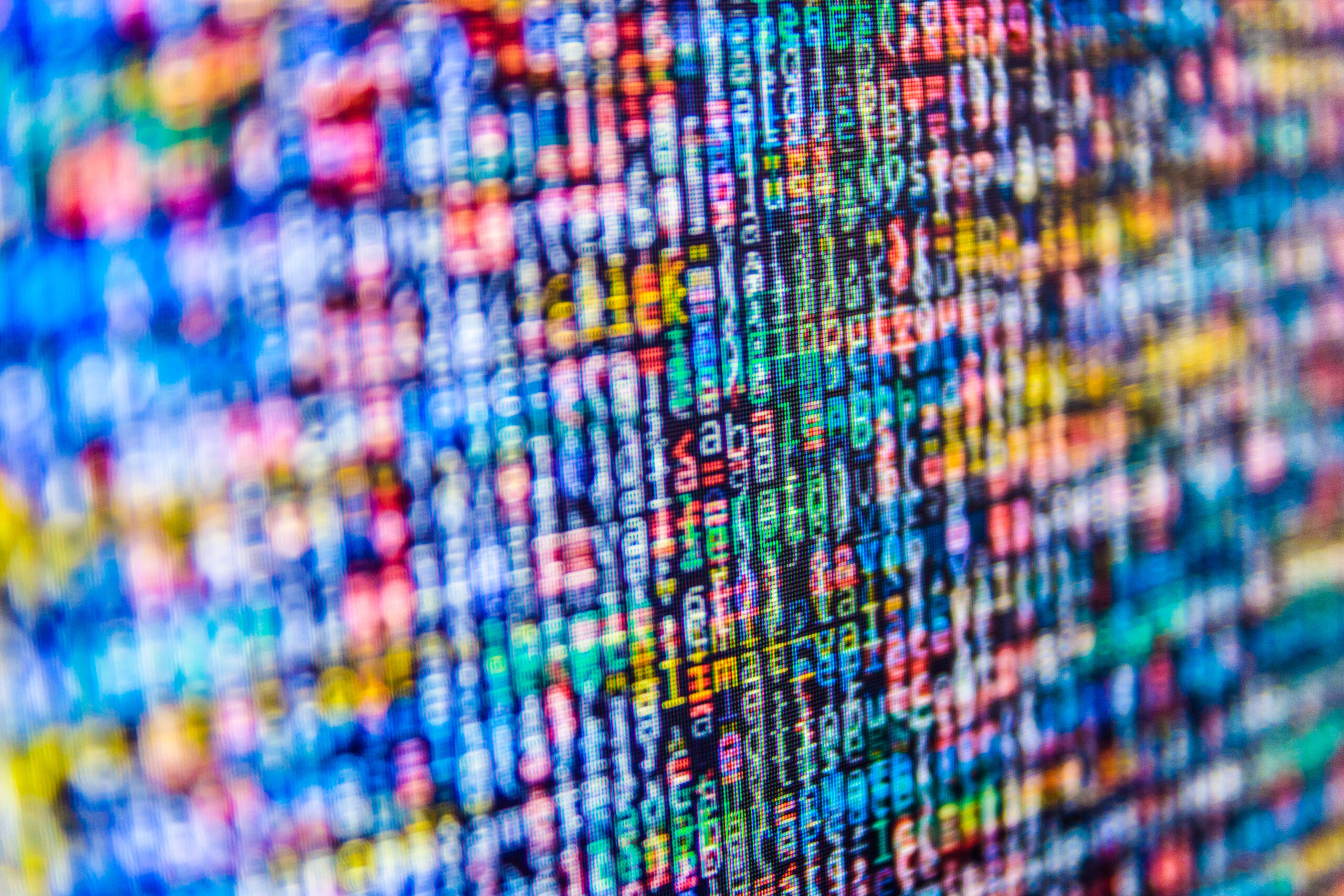Planograms have been an irreplaceable tool in retail planning for years. Since the strategy behind store merchandising has grown more complex every year, having a tried and true method for planning a store layout has become essential. In this article, we’re taking a closer look at why planograms are such an essential tool in the retail space and how 3D planograms can offer so much more than you realize.
What is 3D Planogram Software?
If you’re in the retail industry, you know that a planogram is a schematic tool used to plan store layouts. Retailers create planograms as a tool to plan out shelf space, arrange categories, and even plan entire store layouts. The end goal is to develop a store plan that results in increasing sales and a better customer service experience for shoppers. 3D planogram software is a newer, more dynamic, and more user-friendly version of traditional planograms. They serve the same purpose, but their functionality is significantly elevated and expanded.
Facilitated by virtual reality technology, 3D planograms are a type of merchandising software that moves the traditional idea of a planogram to a virtual environment. Like any VR game, users can move through the virtual store layout similar to how they would in a physical store. This allows for a fuller, more nuanced perspective of how shoppers would perceive the in-store experience.
Without the obstacle of imagining what a floor plan would really look like with only a 2D planogram as a reference, brand executives and retail marketers can get a better understanding of how to give shoppers the experiences they crave. Within retail planning and execution, there are a number of ways that 3D planogram software can be utilized to bring your retail strategy into the future.
New Applications for 3D Planogram Software
In-Store Visualization
3D visualization software provides a significant advantage over 2D retail planograms. 3D store plans are simply more communicative and influential because they closely match real life. Visualizations allow viewers to get a more comprehensive understanding of the bigger picture. For example, explore how shelf arrangements and signage work in tandem, or what displays a shopper would see when they first walk into the store. Exploring, testing, and then sharing your retail strategy from a 3D environment is always going to be more visually engaging and compelling than any other alternative.
Retail Planning
The process of retail space planning, testing, comparing it to past sales data, and eventually selling a new store plan can be time-consuming and taxing, but supplementing your traditional tools for a 3D planogram makes all the difference. For example, 3D planogram creation is effective when a brand or retailer needs to evaluate which category a product performs better in or which shelf arrangements yield the best ROI. Store planners also prefer 3D planograms for category management because a zoomed-out visualization is essential to be able to conceptualize the size and scope of a store plan.
3D planograms can also be used internally to sell a new store plan or shelf arrangement idea to company executives. This can apply to brands, manufacturers, or retailers. Everyone can benefit from having a clearer vision of a new store plan. Visualizing your proposed retail in a 3D environment makes it easy for your audience members to understand, thereby increasing their confidence in your plan. If they have any changes they want to make, you can make those changes in real-time through the software to see how they would look.

Digital Innovation Center
The use of 3D planograms within a digital innovation center is where things really start to get exciting. Since the demands of the pandemic forced most workplaces to transition to remote work and Zoom meetings, we have been thinking about how work culture within the retail industry is changing. We asked, what can our technology do to facilitate an effective and engaging way to do remote work? One of the most difficult transitions for people has been virtual meetings. Meetings are not always engaging or productive when you are simply looking at a video feed of your colleagues, and even screen sharing can be limiting.
The concept of a digital innovation center brings virtual meetings into a 3D space that allows coworkers to collaborate, teach, show sales strategies, how they’re executed, and more. And integration of the 3D planogram is part of that. In a recent InContext blog, InContext Director of Product Marketing Justin Buck said,
“For retail and brand teams, a virtual collaboration center means you are no longer limited to a scheduled meeting or trapped in a chat window. You can import videos, presentations, displays and planograms, and showcase your content while collaborating virtually with colleagues, retail partners and external teams.”
3D planograms are a huge part of what makes these collaboration centers so streamlined. Everything retail teams need for meetings where people get things done is right there. If you want to discuss a common point of sale (POS) that was identified in a recent test, you can pinpoint the 3D version of the shelf arrangement, signage installation, or product packaging that triggered the sale.
Digital Twin
If you’re not familiar with digital twin technology, a digital twin is a virtual replica of a real product, process, or system. When retailers look at a virtual version of their real-life store in a 3D simulation, they‘re essentially using digital twin technology. However, digital twins can have functions far beyond visualizations. In our blog “Everything You Need to Know About Digital Twin Technology,” we broke it down like this:
Digital twins are computer programs, so they don’t just replicate the visualization of a physical thing, but also how it will perform. The digital model uses data to simulate how it functions. It’s similar to how artificial intelligence and machine learning technology are fed large volumes of data in order to perform a task with accuracy. The more data the program has access to, the more accurate the simulation will be. That information allows a digital twin simulation to respond to different tests and scenarios in real-time.
The reason why 3D planograms are so effective when applied to digital twin technology is that it allows retailers to test versions of their store plan and how shoppers might respond to it before the plan ever goes to stores. Combined with online virtual respondents, it provides highly accurate predictions of shopper behavior.
Retail Execution
Retail workers rely on 3D planograms to operational efficiencies within their jobs. In this context, the software serves as a map, showing the store setup and shelf arrangement plans. After marketers and executives spend time and resources on every aspect of the store setup in order to increase sales, it’s important for the execution to be done right. 3D planograms allow workers to do exactly that. Visualizations in a 3D format is essential for in-store employees, like shelf stockers, to do their job effectively. Comprehensive 3D planograms make the shelving process easier and increase the accuracy of the store setup, ensuring that they will have the impact on shoppers that you intended.
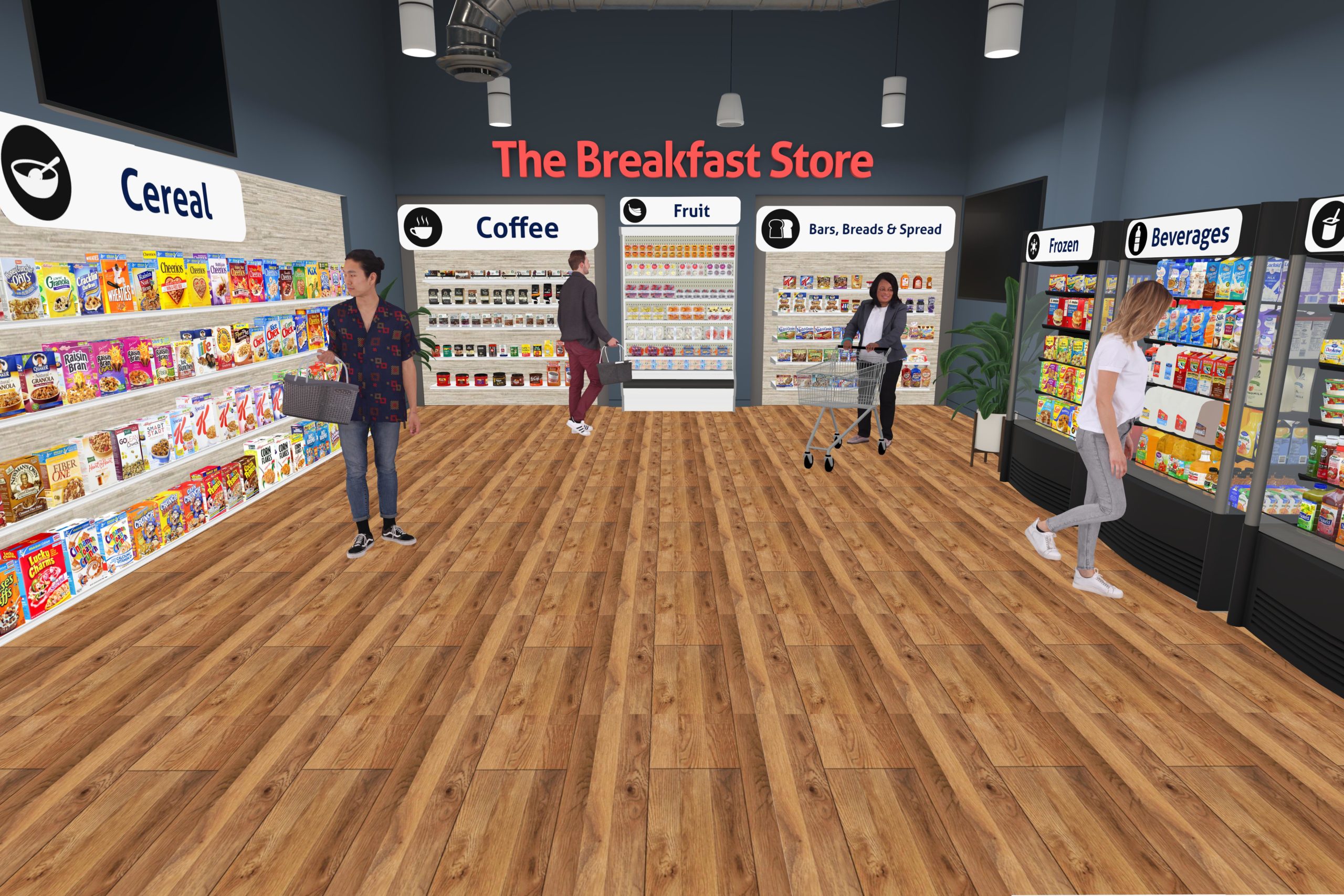
Virtual Commerce
If there’s one thing that retailers have learned from the tumultuous consumer conditions during the pandemic, it’s that more service options for shoppers are always a good idea. When retailers and brands adapted to the pandemic by trying out new ways to integrate technology and offer frictionless services, one interesting new solution popped up. Using 3D planogram software virtual commerce offers a virtual store environment to match real-life in-store experiences. The goal is to replicate the products available in local stores so customers can have access to current products without having to be there physically. In a time when many people are growing accustomed to frictionless digital experiences, this is a promising new application for 3D planograms.
Try 3D Planogram Software
As brands and retailers catch on to the dynamic use cases available with 3D planogram software, we’re ready to help you transition to your next phase of retail planning. Contact InContext today if you want to integrate 3D planogram software into your visual merchandising process.
